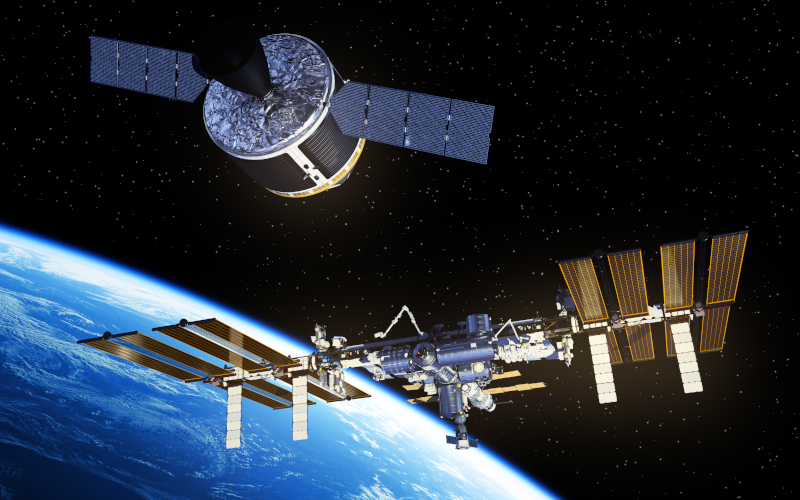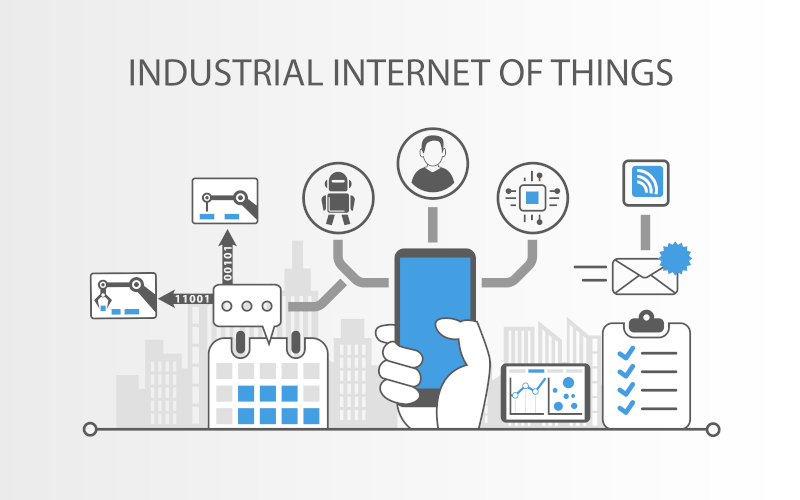
A CI/CD (Continuous Integration/Continuous Deployment) pipeline is an essential tool in modern software development, which allows you to automate and optimize the entire development lifecycle, from code integration to its deployment in production. The article aims to explain security in CI/CD pipelines, motivating readers to adopt automated practices that not only optimize software development, but also minimize the associated risks. Keep in mind that automation carries certain risks if not handled safely, as it can increase the attack surface for cybercriminals. It underscores the importance of implementing security controls at every stage of the pipeline, urging developers to take initiative-taking steps to protect their code, their environments, and ultimately, their final products.

The ability to monitor and analyze the behavior of users and entities becomes crucial for early detection and response to potential threats. UEBA solutions identify unusual or anomalous patterns in user behavior, enabling rapid identification of internal threats or external compromises. This post focuses on how UEBA analysis is becoming an essential tool for a cybersecurity strategy, from identifying suspicious behavior to preventing potential security breaches.

The agri-food sector is one of the most critical sectors today because it is one of the most important sectors for the country's economy, as it produces food.
This sector, like many others, is in continuous evolution. An example of this is the automation and digitalization of the many processes that are carried out. These new technologies bring many advantages, such as more efficient processes, less water consumption, detection of possible risks, etc. These great advantages also bring with them some problems, such as increased exposure to cyber-attacks.
Therefore, this article provides some basic knowledge to make the industry aware of the importance of implementing cybersecurity in their technologies.

Space is an increasingly important element in the critical infrastructures of all countries. The possibility of losing or degrading space services can significantly affect both national security and all customers who have contracted services involving the use of satellites or any other space devices, resulting in major economic and security losses.
To protect it, the National Institute of Standards and Technology (NIST) has developed a cyber security framework for the commercial ground segment of the space sector, providing a means for stakeholders to assess their cyber security posture in terms of identification, protection, detection, response and recovery operations, thereby evaluating the level of risk to the satellite ground segment structure.

IoT networks are very useful for everyday life, but their use is not limited only to this type of environment; there are industrial environments where this type of networks can benefit connectivity between industrial devices and provide capabilities that other types of networks could not. The 3rd Generation Partnership Project or 3GPP developed the NB-IoT protocol, a protocol for when networks with higher performance, higher speed and high interconnectivity capacity between devices are required. This protocol can work both in IoT devices and in IoT devices in the industrial environment (IIoT).

The OPC UA (OPC unified architecture) communication protocol is the most modern standard presented by OPC Foundation. Currently, the OPC UA protocol is one of the most widely used in industrial environments, due to its ability to interconnect different devices, regardless of their base protocol and vendor.
Throughout this article, a technical assessment of the protocol will be conducted, explaining in detail the technical capabilities that allow a high level of cybersecurity to be implemented without causing performance losses in the devices.

Second part of the Top 20 mitigations for industrial environments. This part will focus on mitigations related to network architecture, industrial protocols, network configuration and vulnerability scanning.

In the industrial world, there are a large number of systems, equipment, networks, areas, ducts, cloud environments, IT-OT environments, etc. In recent years, the number of attacks on industrial environments has been growing exponentially, and not only on purely industrial environments, but also on corporate environments that are connected to industrial environments. These IT environments being access points for attackers due to this IT/OT connectivity.

The security gaps and issues that exist within industrial environments are sometimes unknown to many information consumers. This article aims to bring first hand some of the most interesting issues and attack trends in 2023 in the industrial sector. Different industrial cybersecurity incidents so far this year will be described at a high level and a comparison will be made with the trend presented at the beginning of the year.

In recent decades, the need to control processes remotely to improve efficiency, productivity and accelerate decision making on industrial systems has led to the interconnection of operation technologies (OT) with information technologies (IT). This interconnection has given rise to a number of security risks in industrial control systems, and to meet these challenges, specific tools and technologies have been developed and adapted to help ensure cybersecurity in industrial environments. One such tool is the Security Operations Center (SOC).
In this article we will focus on the importance of advanced monitoring in a SOC OT.



